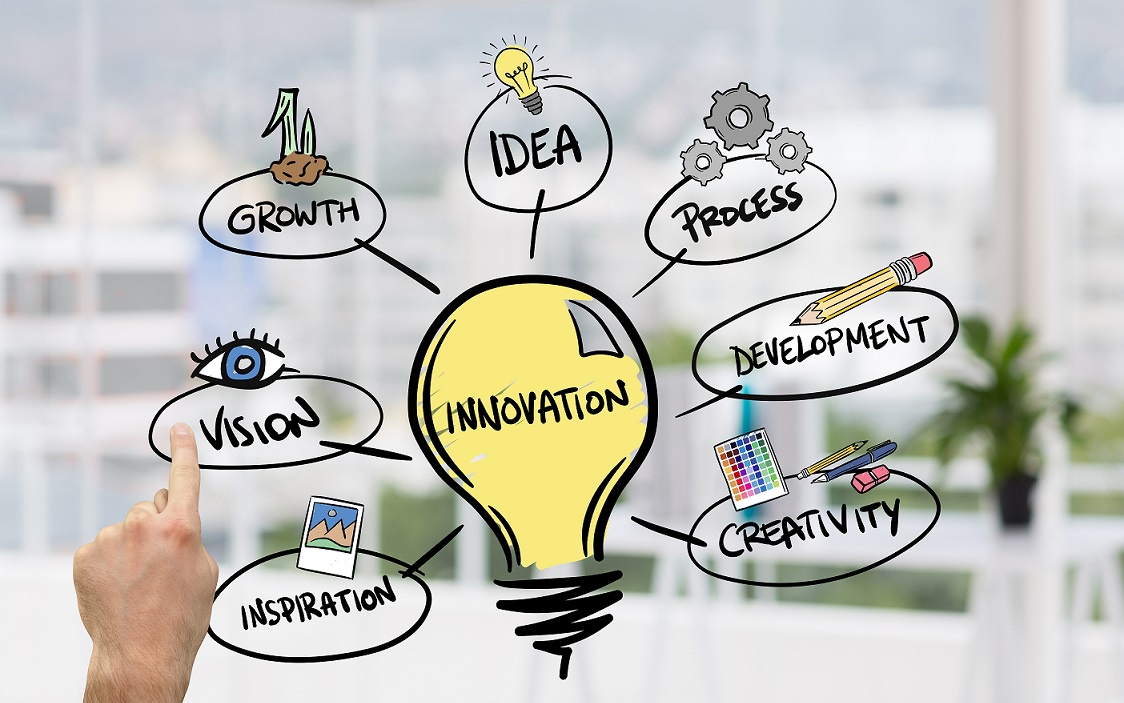Introduction:
In the ever-evolving landscape of business, the dynamic interplay between innovation and strategy has become a crucial determinant of success. Organizations that can effectively harness the power of innovation within a strategic framework are better positioned to thrive in today's competitive environment. In this blog, we will explore the symbiotic relationship between innovation and strategy, examining how they intersect to drive growth, foster resilience, and shape the future of businesses.
The Dynamics of Innovation:
-
Defining Innovation: At its core, innovation is the process of introducing novel ideas, products, services, or processes that create value. It transcends mere technological advancements, encompassing creative solutions to challenges and disruptions across various aspects of business.
-
Types of Innovation: Innovation takes various forms, including product innovation (introducing new or improved products), process innovation (enhancing operational efficiency), business model innovation (redefining how a business operates), and organizational innovation (cultivating a culture that fosters creativity and adaptability).
-
Cultivating a Culture of Innovation: Successful innovation is often rooted in a culture that encourages curiosity, experimentation, and a willingness to challenge the status quo. Organizations that prioritize continuous learning and embrace failure as a part of the innovation process are better positioned to adapt to change and seize new opportunities.
The Role of Strategy in Shaping Innovation:
-
Strategic Vision: Innovation without a clear strategic vision can be directionless. A well-defined strategy provides a roadmap that aligns innovation efforts with overarching business objectives. It ensures that innovative initiatives contribute directly to the organization's long-term goals.
-
Risk Management: Innovation inherently involves risk. A strategic approach involves assessing and managing risks associated with new ideas or ventures. This requires a balance between embracing experimentation and mitigating potential downsides to protect the organization's stability.
-
Resource Allocation: Effective strategy guides the allocation of resources, both financial and human, towards innovation initiatives that align with the organization's strategic priorities. This ensures that innovation efforts are focused and have a meaningful impact on the overall business strategy.
The Intersection of Innovation and Strategy:
-
Agile Strategy: Traditional, rigid strategic planning may hinder the ability to adapt to rapidly changing circumstances. Agile strategy, complemented by an innovative mindset, allows organizations to pivot quickly, responding to emerging opportunities and challenges in real-time.
-
Continuous Improvement: Innovation and strategy are not one-time endeavors; they require continuous improvement. Organizations that embed innovation into their strategic planning process are better equipped to evolve and stay ahead in a rapidly changing business environment.
-
Customer-Centric Innovation: A strategic focus on understanding and meeting customer needs is a powerful driver of innovation. By aligning innovation efforts with customer expectations, organizations can create products and services that resonate with their target audience, fostering loyalty and long-term success.
-
Competitive Advantage: The integration of innovation and strategy can lead to the development of unique capabilities that set a business apart from its competitors. Whether through cutting-edge technology, superior customer experience, or operational efficiency, a strategic approach to innovation can create a sustainable competitive advantage.
Case Studies:
-
Apple Inc.: Apple's success is often attributed to its innovative products and design, but equally crucial is its strategic approach. The seamless integration of hardware, software, and services, along with a focus on user experience, exemplifies how innovation aligns with a well-crafted strategy.
-
Tesla: Tesla revolutionized the automotive industry by combining innovation in electric vehicles with a strategic vision for sustainable transportation. The company's focus on building a comprehensive ecosystem, from electric cars to renewable energy solutions, illustrates the synergy between innovation and strategy.
Conclusion:
Innovation and strategy are not mutually exclusive; they are interdependent forces that drive organizational success. Businesses that recognize and leverage this symbiotic relationship are better equipped to navigate the complexities of the modern business landscape. As we move into an era of unprecedented change, the ability to innovate strategically will be a defining factor for organizations seeking not only to survive but to thrive in the face of evolving challenges and emerging opportunities. By embracing a culture of innovation within a strategic framework, businesses can forge a path toward sustainable growth and resilience in an ever-changing world.
More market research, advisory consulting services to discover
At Eninrac, we offer a wide range of, advisory consulting solutions, from We put ‘search' in research to help expand your business with ease. Discover all the possibilities now.


No comments yet